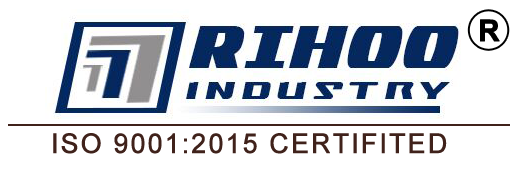Non-Standard Bearings Working Environment
2018-08-07
Non-Standard Bearings working environment
Common bearing damage phenomenon and its causes
For damaged bearings, you can observe the damage caused by the phenomenon of damage to the cause, so that targeted to improve, to avoid duplication of failure.
Phenomenon one: high hardness particles caused by wear marks
Reason and advice:
The track surface and the roller are covered with dent; the particles and the track surface wear on the cage are discolored with the lubricant. Possible reasons: usually due to the assembly process is not clean due. When installing the bearing, keep it clean and use the new grease to check that the seal is intact.
Phenomenon II: wear caused by improper lubrication
Reason and advice:
Surface wear was mirror-like; after running the color was blue or brown. May be caused by insufficient lubrication, and easy to make the temperature increase rapidly. Improve the lubrication status, check the lubrication cycle and oil seal.
Phenomenon 3: Damage caused by vibration causes and suggestions:
In the rolling body for the oval prints, the ball bearing for the circular mark. At the bottom of the print was shiny or rusty. This means that the bearing is vibrated at rest. Can be installed vibration foundation. If possible, try to use ball bearings instead of roller bearings, in addition, when handling machines, preloading to tighten the bearings.
Phenomenon 4: improper installation and overload caused by the dent
Reason and advice:
The inner and outer rings have dents, and the pitch of the dents is equal to the distance between the rollers. The reason may be that the installation does not knock on the correct ring, or on the cone shaft to push too much or in a quiescent load. Please do with the specified installation method, or replace a bearing with a higher rated static load.
Phenomenon 5: foreign body caused by the dent
Reason and advice:
Working environment
Mainly refers to the working environment of the minimum and maximum temperature, air humidity, whether it contains corrosive gases or excessive dust and so on. For example, in the cold area outdoor use, should use lithium-based low-temperature grease; in the humidity, water more occasions
Should be used calcium-based grease; in the dry, less water occasions, the appropriate choice of water-soluble sodium-based grease.
2. Operating temperature
One is the minimum temperature of the environment, and the other is the maximum temperature that may occur during operation. When the operating temperature is high, the higher the high temperature grease should be selected. The actual maximum operating temperature should be lower than the grease dropping point 10 ~ 20 ℃ (synthetic grease should be 20 ~ 30 ℃). Commonly used grease for the temperature range shown in the table below.
3. load situation
For heavy loads, use a smaller degree of penetration of the grease. In the high pressure work, in addition to requiring a small penetration into the outside, but also requires a higher oil film strength and extrusion performance.


